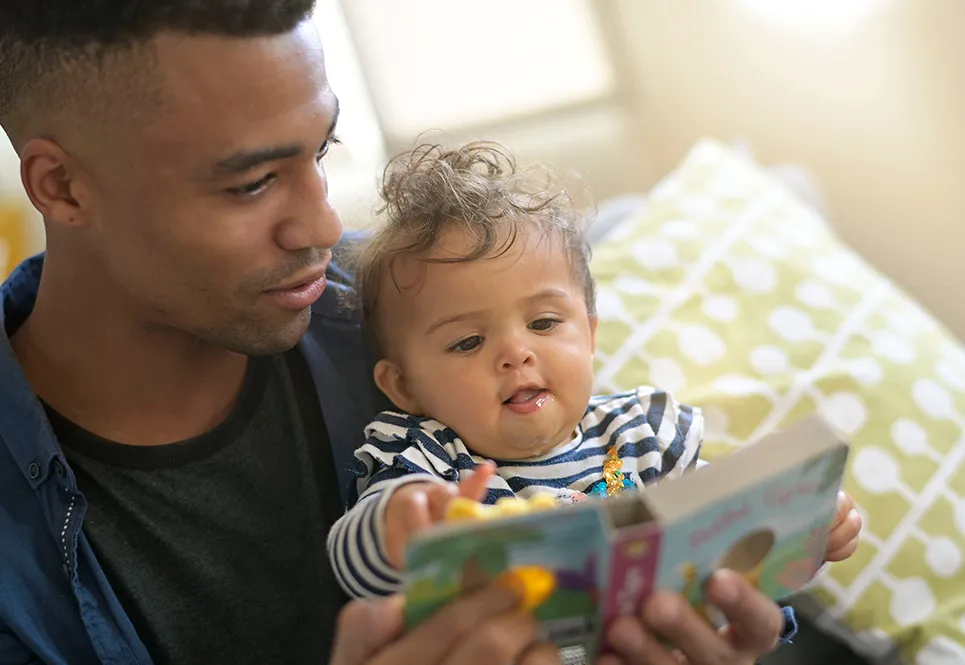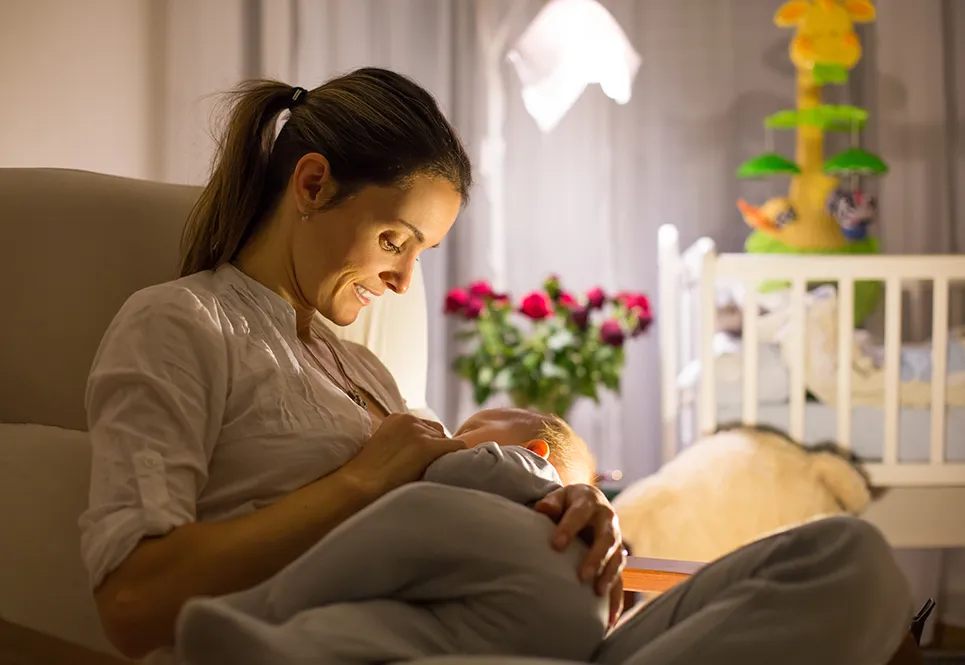Daylight savings time always brings some much needed change in the air. When it begins, roughly around March, the shift signifies the blossoming of the springtime, and setting us up for longer days, warmer weather, and all the flowers we’ve been dreaming about during the long winter. But when daylight savings comes to a close in November, we experience different feelings altogether — a chance to cozy up with a good book, reflect on the year that’s been, and get really into pumpkin spice.
Unfortunately, for new parents with infants and toddlers, daylight savings can signify something completely different: long, sleepless nights with little ones who can’t handle the change! Getting our kids to bed can be a precarious nightly challenge, but add or take away an hour? Now you’re looking at some real crankiness. Luckily, all of us at Ocean Pediatrics have got your back.
Because we’ve put together a list of useful tips to help you handle the transition during daylight savings time. Read on and get ready to navigate those stormy ZZZs.
Essential sleep tips for daylight savings time
Although there are different approaches you should use when gaining or losing an hour, there are still a few core tenets to ensure the healthiest sleep possible — both for you and your little one. Let’s run through those real quick:

Explore the great outdoors
When we spend time in natural sunlight, it helps our body clocks, otherwise known as our circadian rhythm, align with the correct time of day. That means we will get better sleep, the more time we spend in the sun. Not to mention, being outside for longer periods of time encourages physical activity, which can also help us get tuckered out.

Stay consistent
As we hope you’ve learned so far in your parenting journey — kids love a routine. That means nightly baths, reading the same books each night, similar weekend breakfast & cartoon watching, whatever it is that your family does, you should do it consistently. And that goes double for bedtime. From the order of tooth brushing to books then hugs, as well as the time you start winding down, keep it all the same.

Don’t touch naps
Although it may be pretty daunting during the early years, you should try your best not to touch their napping schedule. Of course it may get a bit tricky for a day or two as they are adjusting, the important thing is to allow them to be a little tired to ensure better sleep in the evenings. The last thing you want to do is create a new habit of longer naps and sleepless nights.

Start winding down early
This is a good piece of advice for ourselves, too. An hour or two before bedtime approaches, it’s important to slowly start winding down. Refrain from busy or stressful or fun activities, play some soft music, and dim the lights a bit. You might not be aware of it, but it’ll create a warm, cozy and sleepy atmosphere as soon as you all hit the hay.

Springing forward
When daylight savings time begins on the second Sunday in March, we set our clocks one hour forward. When this time approaches you’ll want to follow to golden rules:
- Let in the light: As soon as the sun comes up, open their curtains and make their rooms as bright as possible with natural light.
- Steer them to bed a little earlier: Every night around this transitional period, you’ll want to gradually start the bedtime process ten minutes earlier than normal. The next night, ten more minutes earlier. This will ease the transition fluidly.
Falling back
When daylight savings time ends on the first Sunday in November, we set our clocks one hour back. When this happens, follow these rules:
- Make their rooms as dark as possible: The point of this is to recreate the deepest, darkest night to try and trick their little minds and bodies that it’s later than it is. If you don’t have blackout curtains (and we really suggest you invest in some) try putting a blanket or sheet behind your current curtains.
- Go to bed a little later: Following the opposite advice, you’ll want to have your child hit the sack just ten minutes later every night.
With a little knowledge and a lot of planning, the daylight savings time for baby’s sleep doesn’t have to be an all-out sleep warzone, it can be a calming, comforting situation for everyone. And as Orange County’s trusted pediatric group, that’s kind of our goal — to help you and your little ones stay as calm and comfortable as possible, from infancy, to toddlerhood, to adolescence and beyond! To get in touch, schedule an appointment here. Good luck…and goodnight!







